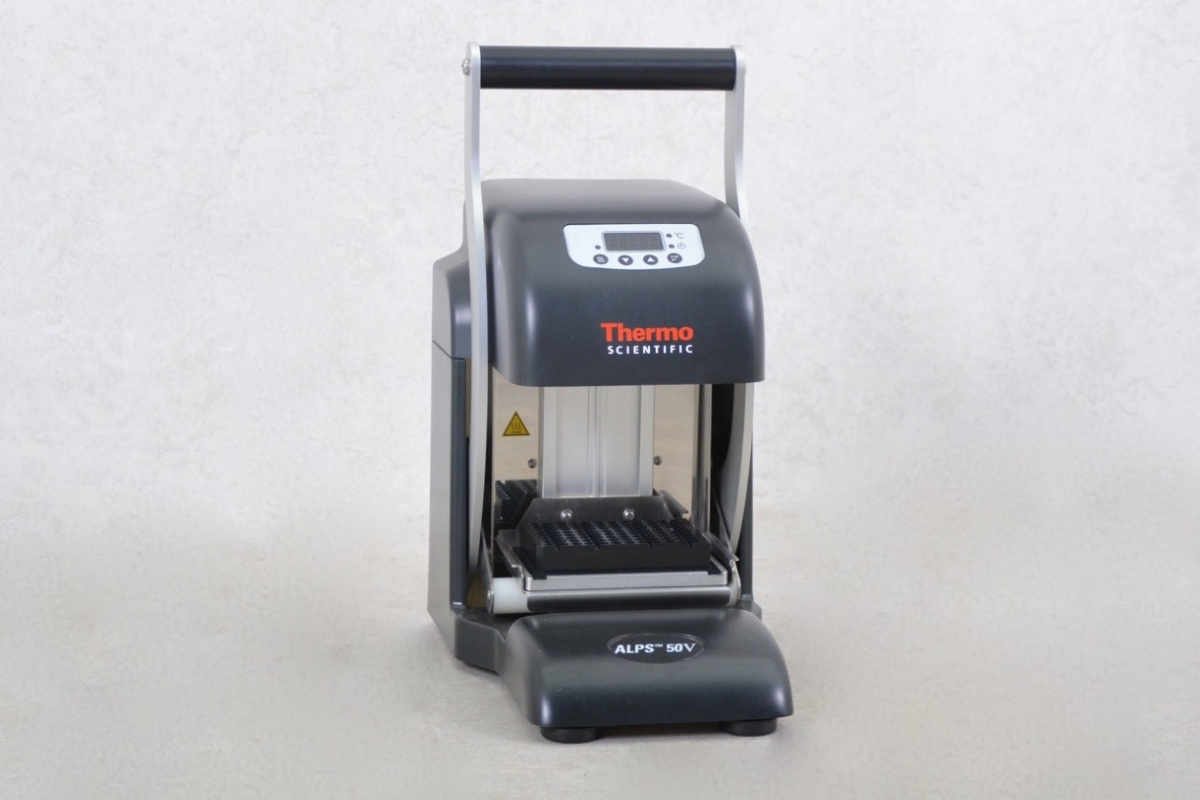
What is a microplate sealer? A microplate sealer is a device used in laboratories to seal microplates, which are flat plates with multiple wells used for experiments. These sealers ensure that samples in the wells are protected from contamination, evaporation, and spillage. They are essential in various applications, including biotechnology, pharmaceutical research, and clinical diagnostics. By providing a tight seal, these devices help maintain the integrity of the samples, ensuring accurate and reliable results. Whether you're working with DNA, proteins, or cells, a microplate sealer can be a crucial tool in your lab.
What is a Microplate Sealer?
A microplate sealer is a device used in laboratories to seal microplates, which are flat plates with multiple wells used as small test tubes. These sealers are essential for various scientific experiments, especially in fields like biology, chemistry, and pharmacology.
-
Microplate sealers prevent contamination. They ensure that samples in the wells do not get contaminated by external factors, which is crucial for accurate results.
-
They maintain sample integrity. By sealing the plates, these devices help preserve the integrity of the samples, preventing evaporation and degradation.
-
Different types of seals are available. Options include adhesive seals, heat seals, and cap mats, each suited for different applications.
How Do Microplate Sealers Work?
Understanding the working mechanism of microplate sealers can help in choosing the right one for your needs.
-
Heat sealers use heat to bond the seal to the plate. This method is effective for long-term storage and high-temperature applications.
-
Adhesive sealers use a sticky substance. These are easy to apply and remove, making them ideal for short-term use.
-
Automated sealers increase efficiency. They can seal multiple plates quickly, saving time and reducing manual labor.
Applications of Microplate Sealers
Microplate sealers are versatile tools used in various scientific fields. Here are some common applications.
-
Used in PCR (Polymerase Chain Reaction). They help in amplifying DNA sequences by preventing contamination and evaporation.
-
Essential for ELISA (Enzyme-Linked Immunosorbent Assay). They ensure that the reagents do not evaporate, which is crucial for accurate measurements.
-
Used in drug discovery. They help in high-throughput screening, where multiple compounds are tested simultaneously.
Benefits of Using Microplate Sealers
Using a microplate sealer offers several advantages that can enhance the quality and efficiency of laboratory work.
-
Improves reproducibility. Sealing the plates ensures that experiments can be repeated with consistent results.
-
Reduces sample loss. By preventing evaporation, more of the sample remains available for analysis.
-
Enhances safety. Sealed plates minimize the risk of exposure to hazardous substances.
Types of Microplate Sealers
There are various types of microplate sealers, each designed for specific needs and applications.
-
Manual sealers. These require manual effort to apply the seal, suitable for low-throughput labs.
-
Semi-automated sealers. These offer a balance between manual and automated sealing, ideal for medium-throughput labs.
-
Fully automated sealers. These are designed for high-throughput labs, capable of sealing multiple plates in a short time.
Choosing the Right Microplate Sealer
Selecting the appropriate microplate sealer depends on several factors, including the type of experiments and the volume of work.
-
Consider the type of seal. Different seals are suited for different applications, so choose one that meets your needs.
-
Think about throughput. High-throughput labs may benefit from automated sealers, while low-throughput labs might find manual sealers sufficient.
-
Evaluate the cost. Automated sealers are generally more expensive, so consider your budget.
Maintenance and Care
Proper maintenance of microplate sealers ensures their longevity and optimal performance.
-
Regular cleaning. Keep the sealer clean to prevent contamination and ensure accurate results.
-
Check for wear and tear. Regularly inspect the sealer for any signs of damage or wear.
-
Follow manufacturer guidelines. Adhere to the maintenance instructions provided by the manufacturer for best results.
Innovations in Microplate Sealing
Recent advancements have made microplate sealers more efficient and user-friendly.
-
Smart sealers. Some modern sealers come with smart features like touchscreens and programmable settings.
-
Eco-friendly options. Newer models are designed to be more energy-efficient and environmentally friendly.
-
Compact designs. Space-saving designs make it easier to fit these devices in crowded labs.
Common Issues and Troubleshooting
Even the best microplate sealers can encounter problems. Knowing how to troubleshoot can save time and frustration.
-
Seal not adhering properly. This could be due to improper alignment or a dirty surface.
-
Machine not heating up. Check the power supply and ensure that the heating element is functioning correctly.
The Final Word on Microplate Sealers
Microplate sealers are essential in labs for ensuring sample integrity and preventing contamination. They save time, reduce errors, and improve efficiency. With advancements in technology, these devices have become more user-friendly and versatile, accommodating various plate types and sealing materials. Whether you're working in research, diagnostics, or pharmaceuticals, a reliable microplate sealer can make a significant difference in your workflow.
Investing in a good microplate sealer means fewer headaches and more consistent results. It’s not just about sealing plates; it’s about enhancing the quality and reliability of your experiments. So, if you’re in the market for one, consider your specific needs and choose a model that fits your lab’s requirements. Happy sealing!
Was this page helpful?
Our commitment to delivering trustworthy and engaging content is at the heart of what we do. Each fact on our site is contributed by real users like you, bringing a wealth of diverse insights and information. To ensure the highest standards of accuracy and reliability, our dedicated editors meticulously review each submission. This process guarantees that the facts we share are not only fascinating but also credible. Trust in our commitment to quality and authenticity as you explore and learn with us.
